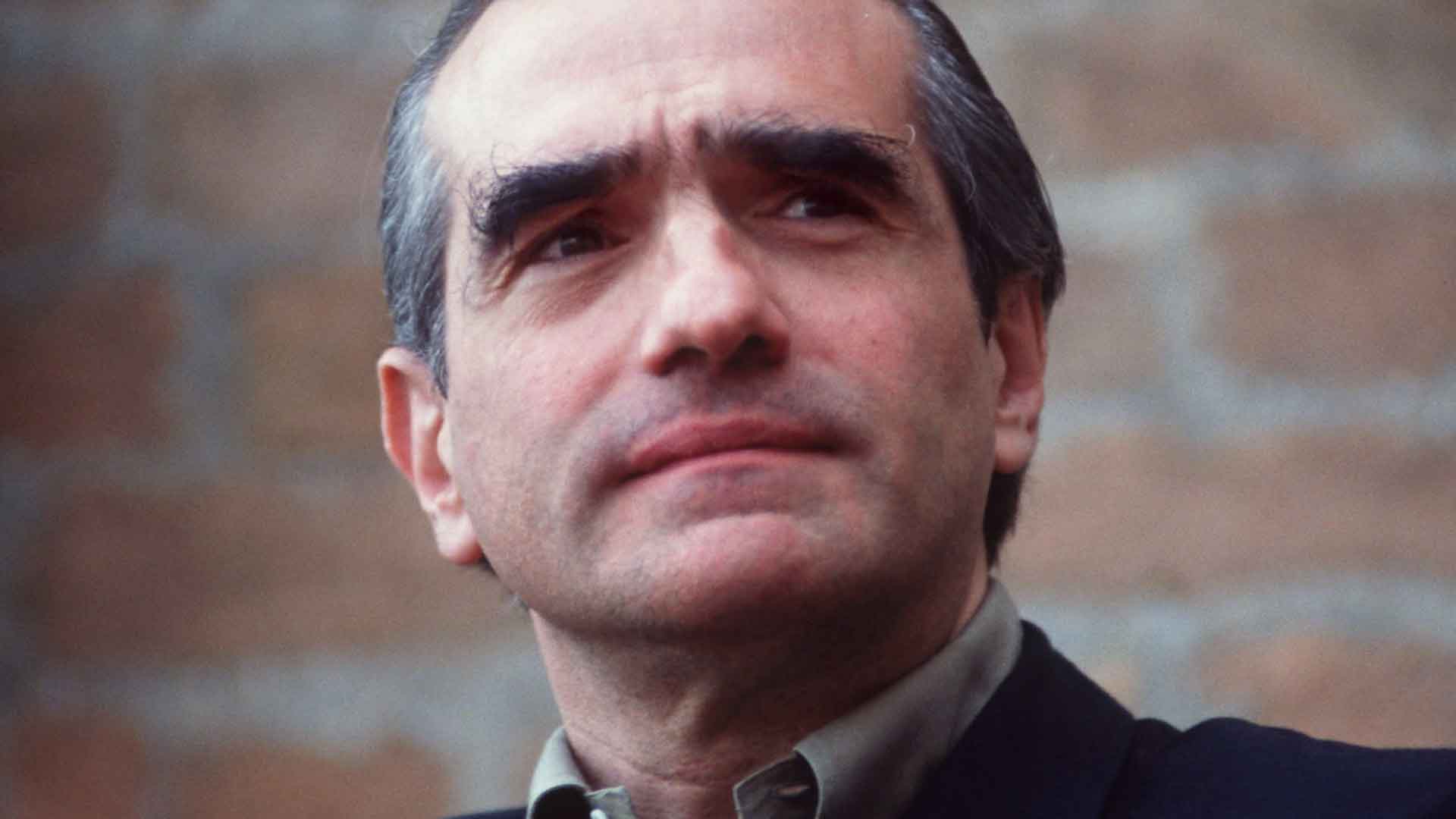
Martin Scorsese reveals his inspirational Hollywood movies
Legendary Hollywood director Martin Scorsese has picked some of the films that inspired his movie career.
He examines a selection of his favourites in a 1995 documentary commissioned by the British Film Institute titled A Personal Journey with Martin Scorsese Through American Movies.
Scorsese takes viewers on an insightful exploration of American cinema from the silent era to the 1960s, focusing on the directors, genres, and themes that shaped the industry.
The New Yorker, who has won multiple awards for his iconic movies like Casino and Gangs of New York, offers a deeply personal and passionate analysis of the films that influenced him as both a filmmaker and a movie lover.
“My passion [for films] was fuelled by all sorts of famous and infamous films,” he said. “Not necessarily the culturally correct ones. The films you may never had heard of: The Naked Kiss; Murder by Contract; The Red House and The Phenix City Story.
“Over the years I’ve discovered many an obscure film and sometimes they were more inspirational than the prestigious films that were receiving all the attention at the time.”
Scorsese highlights key filmmakers like DW Griffith, Orson Welles, and John Ford, as well as genres such as westerns, musicals, and film noir.
“Eventually film genres would serve to organised assembly-line production,” he said. “Each studio made so many westerns, so many musicals, so many gangster films and so forth.
“Edwin S Porter’s The Great Train Robbery was one of the first attempts at scripting a story. And fittingly, it was also a western.
“The first master storyteller of the American screen was DW Griffith. His sensibility was steeped in a literary tradition, that of Dickens and Tolstein, Frank Norris and Walt Whitman. Yet while borrowing from 19th century literature, Griffith was forging the new art of the 20th century.
“He explored the emotional impact of film. And before the outbreak of World War One, he had already delineated nearly every genre – even the gangster film with his short The Musketeers of Pig Alley.”
Scorsese believes the gangster film genre allowed movie makers to dwell on America’s fascination for violence and lawlessness.
He said: “The gangster film pre-dates World War One as with Griffiths’ The Musketeers of Pig Alley and Raoul Walsh’s picture in 1915 called Regeneration. It was shot on location in New York’s Lower East Side. Gangsters then were viewed as victims of a depressed environment. Neighbourhood kids growing up on the mean streets.”
With the popularity of gangster films during the harshness of the depression, it was no coincidence that the musical became a popular genre for audiences to escape.
“George Cukor’s A Star is Born took the genre one step further,” said Scorsese. “He gave us Judy Garland as a band singer who becomes a movie star while James Mason, her mentor, sabotages his career.
“Actually the story had been brought to the screen twice before in a non-musical form. ‘The show must go on’ – that is the performers’ first commandment but Mason’s Norman Maine couldn’t take it anymore.
“He was trapped in the cruel world of make-believe. He couldn’t even bear to look at himself. The broken mirrors [scene] were the first step in self-destruction.”
